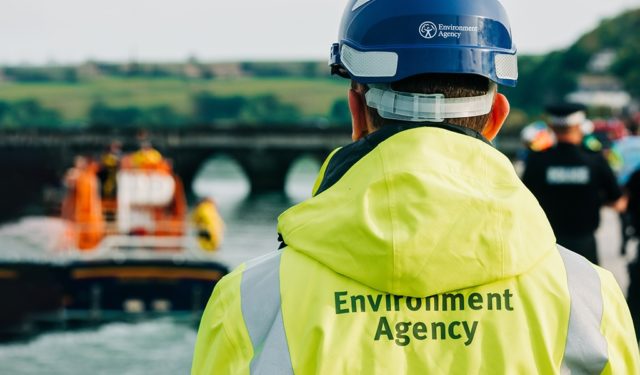Case study
Environment Agency (TEAM2100)

The Environment Agency’s (EA) Thames Estuary Asset Management Programme (TEAM2100), an integrated delivery team focused on flood risk management, has used The Chancery Lane Project’s (TCLP) precedents as an inspiration for their sustainability clauses. Flood management, due to the use of heavy construction materials, accounts for more than 50% of the EA’s carbon footprint, over 75% of which comes from its supply chain.
What do the sustainability clauses deliver for the EA?
Inspired by circular economy concepts in precedents such as Alex’s and Aatmay’s Clauses, the TEAM2100 now requires that its contractors:
- Use a certain amount of materials certified under, for example Cradle to Cradle Certified ® certification; and
- Deliver against wider sustainability objectives, including carbon reduction.
How did TCLP help the EA get here?
The EA’s TEAM2100 has used TCLP precedents as a reliable source of inspiration for their own sustainability clauses. TEAM2100’s intent was to use clauses that demonstrated adoption of ambitious sustainability, including carbon, performance targets. Achieving these targets means bringing their supply chain along on their sustainability journey.
This has proven to be the case when the EA’s sustainability clauses were proposed at a renewal at a break clause of a long-term contract. The EA engaged early with the other parties to this contract, which led to a deliberate dialogue about the need for sustainability clauses and their smooth adoption. As part of an integrated delivery team, alongside consultant and contractor, the EA leveraged its environment and sustainability knowledge to support these new approaches.
What changes have the Sustainability Clauses made?
Apart from cascading sustainability down its supply chain, the adoption of sustainability standards has had an impact on the internal processes in the EA as well. For example, business cases that permit each flood risk management project in the TEAM2100 Programme to proceed now encompass a new criterion – one of sustainability.
What are the key takeaways?
- TCLP clauses are a reliable and workable starting point for contract-specific drafting.
- Early dialogue between contractual parties helps in smooth adoption of TCLP clauses.
- Sharing of resources and educating your suppliers and consultants is a huge part of cascading sustainability obligations down the supply chain.
For more climate contracting resources like this, join us here.
Are you using our clauses?
We’d love to hear how you’ve implemented our clauses in your organisation.